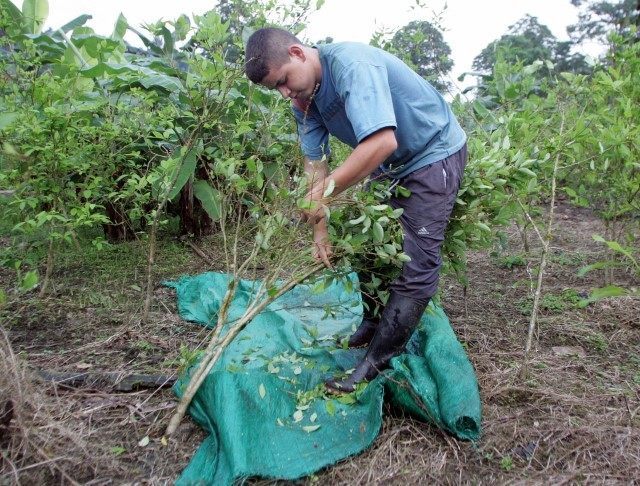It’s no secret that Mexico’s largest drug cartel has a strong partnership with Colombia’s largest narcoterrorist group. However, recent statements made by a former Colombian president are shedding light on the multibillion dollar value of that relationship.
During a recent interview in Caracas, Venezuela, Former Colombian President Andres Pastrana Arangotold the Venezuelan daily El Universal the Revolutionary Armed Forces of Colomvvbia (FARC) and its alliance with Mexico’s Sinaloa cartel helped create a massive drug trafficking operation, generating up to $50 billion with the more than 450 tons of cocaine produced illegally in Colombia each year, according to UPI. The coca plant, from which cocaine is derived, does not grow naturally in Mexico but thrives in parts of South America. As such, Mexican cartels are dependent on Colombian producers for cocaine trafficking profits.
The FARC has been operating as a terrorist group in Colombia for decades, and has entered into negotiations with the Colombian government for a cease-fire. Pastrana said if the FARC is truly politically motivated to seek peace with the Colombian government, then the rebel group must deny or confess any links to Sinaloa cartel leader Joaquin “El Chapo” Guzmán, other Mexican drug cartels, and the Venezuelan Cartel of the Suns. Pastrana said:
It is very serious. The reports we have in Colombia are from the U.S. government about the great influence the Sinaloa Cartel, of Guzmán, have on the FARC. There has been a substitution of cartels in the region. Today, Colombians do not manage the drug business—Mexicans manage.
This has been true since the 1990s, when the U.S. Drug Enforcement Administration helped dismantle Colombia’s Cali and Medellín cartels, and Colombian cocaine producers started relying heavily on Mexican smugglers to move their product into the U.S. via the southwest border. The U.S. Department of Justice estimates that roughly half of the cocaine that enters Mexico has touched FARC hands.
Pastrana said Colombia produced 450 tons of cocaine in 2015 due to the Colombian government’s decision, under President Juan Manuel Santos, to stop the fumigation of illicit coca fields. In May, Colombia announced it will stop using glyphosate, a controversial herbicide used in aerial fumigations to destroy illegal coca plantations in FARC territory. The World Health Organization considers glyphosate “probably carcinogenic.” Breitbart Texas reported in November that in 2014—the last year for which statistics are available—Colombians planted 44 percent more coca than in 2013, and U.S. drug agents say this year’s crop is probably even larger. U.S. and Colombian officials say the biggest reason for the spike is that the the FARC, along with other armed groups, has encouraged farmers to plant more coca due to the halting of the fumigation program.
Sylvia Longmire is a service-disabled veteran, border security expert, and Contributing Editor for Breitbart Texas. You can read more about cross-border issues in her latest book, Border Insecurity: Why Big Money, Fences, and Drones Aren’t Making Us Safer.

COMMENTS
Please let us know if you're having issues with commenting.